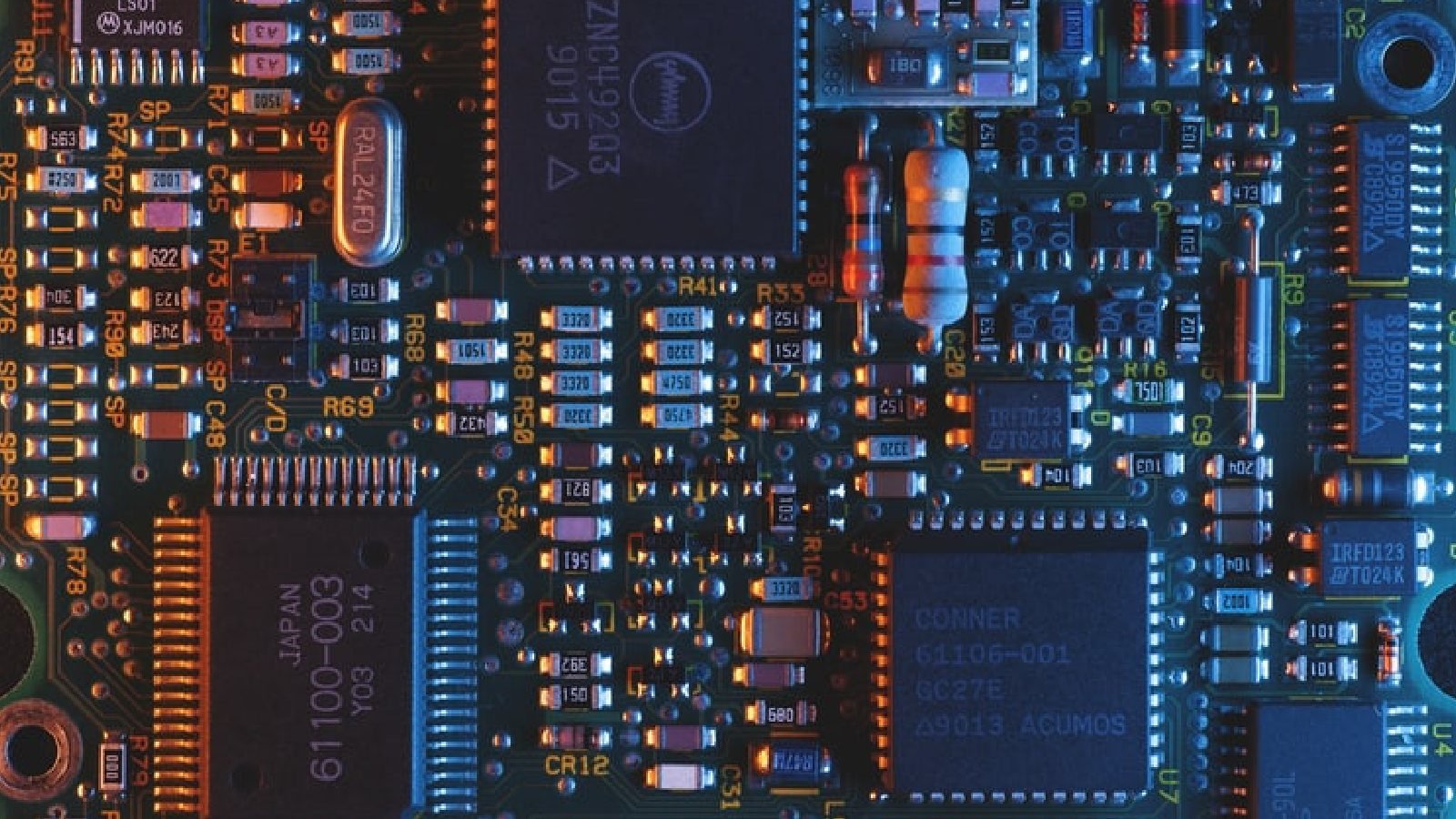Table of Contents
Highlighting
- In 2025, semiconductors have become strategic assets, driving national security policies, economic resilience, and global influence.
- The world is shifting from globalization to technonationalism as the US, EU, and Asian nations invest heavily in domestic manufacturing, while the US-China rivalry intensifies over advanced chip access.
- Taiwan’s TSMC remains critical to the industry, while Japan, India, Vietnam, and Malaysia are gaining importance in a fragmented supply chain.`
In a world increasingly driven by data, digital infrastructure , and smart devices, the semiconductor, the tiny chip that powers everything from phones and satellites to missile systems and AI, has become one of the most coveted resources of our age. As we enter the second half of 2025, the global semiconductor supply chain has transformed from an obscure technical field into a complex geopolitical battleground. The race to secure chip supply and establish technological sovereignty is no longer just a corporate strategy, it is now an issue of national security, economic resilience and global influence.

The Anatomy of a Chip and Its Global Journey
Before diving into the politics, it’s important to understand how semiconductors are made. Unlike oil or wheat, semiconductors are not a raw material that can be mined but they are marvels of intricate design and engineering. A single chip can take over 1,000 steps to manufacture and involves at least a dozen countries during its production cycle.
Design is dominated by the United States through companies like NVIDIA, Intel, and AMD, while chip fabrication has historically been led by East Asian giants like TSMC (Taiwan) and Samsung (South Korea). The lithography machines used to etch circuits on chips are monopolized by the Dutch firm ASML. Raw materials like rare earth elements often come from China, Australia, or the Democratic Republic of Congo. This web of interdependence made semiconductors the epitome of globalization, until that model was challenged.

From Globalisation to Fragmentation
The COVID-19 pandemic and the 2021-2023 chip shortages exposed the fragility of this interdependent system. Automotive factories halted, smartphone launches were delayed, and medical devices even faced production slowdowns due to chip scarcities. Governments took notice and what was once a matter for corporate logsitics team also became priority for defence departments and treasury ministries.
Fast forward to 2025, and we are witnessing a clear shift from globalisation to ‘technonationalism’, Countries are reassessing their dependence on foreign chipmakers. The United States has invested over $50 billion under the CHIPS and Science Act to bring semiconductor manufacturing back home. The European Union followed suit with its European Chips Act, while India, Japan , and Vietnam have all rolled out aggressive incentives to become part of this new industrial revolution.

The U.S.-China Semiconductor Cold War
No discussion of the geopolitics of semiconductors would be complete without addressing the simmering tech rivalry between the U.S. and China. Washington has imposed sweeping export controls to restrict China’s access to advanced semiconductor technology, particularly those used in AI and military application. These includes bans on NVIDIA’s high-end GPUs and a blockade on U.S.-aligned firms selling advanced fabrication equipment to Chinese foundries.
China, meanwhile, has doubled down on its domestic capabilities through the ‘Made in China 2025’ initiative. While it still struggles with producing chips below the 7-nanometer threshold, companies like SMIC (Semiconductor Manufacturing International Corporation) are making progress with the help of domestic and alternative suppliers, particularly from Russia, Malaysia, and parts of the Middle East. However, the sanctions have forced Chinese tech firms to innovate or improvise, leading to what analysts are calling a ‘technological decoupling’.

Taiwan: The Most Valuable Island in the World
Nowhere is the geopolitical tension more palpable than in Taiwan. The island is home to TSMC, which produces over 50% of the world’s advanced chips. Often dubbed the ‘Silicon Shield’, TSMC is not just an economic asset but a strategic one. In the eyes of Washington, safeguarding Taiwan is critical for ensuring continued access to cutting-edge chips.
Beijing, however, sees Taiwan as a breakaway province and has not ruled using force to achieve reunification. The risk of conflict in the Taiwan Strait sends shudders through global markets every time tensions flare. In 2025, military drills and cyber incursions have intensified, raising alarms among governments and industry leaders alike. A disruption to TSMC’s operations, even for a week, could paralyze the global economy.
The Rise of New Players
While the U.S., China and Taiwan dominate headlines, the global semiconductor story in 2025 is increasingly multi-polar. Japan has become a key partner for the U.S. in reshaping the East Asian chip ecosystem. Backed by strategic partnerships with American companies and a focus on specialty chips (such as those used in electric vehicles and sensors), Japan is reasserting its legacy as a semiconductor powerhouse.
India is another player on the rise. With a large tech workforce, political stability, and growing strategic ties with the U.S. and Japan, India is positioning itself as a reliable alternative for back-end semiconductor assembly and testing. The ground breaking of Micron’s new plant in Gujarat this year makes a historic pivot, with hopes that India can move up the value chain in the coming decade.

Vietnam and Malaysia, too, are attracting foreign investment as firms seek to de-risk from China. These Southeast Asian nations offer cost advantages, improving infrastructure, and favorable trade pacts. However, the complexity of chip manufacturing means these countries will likely remain important cogs in the system rather than dominant hubs, at least for now.
Chips and National Security
In 2025, semiconductors are seen not just as economic drivers but as tools of geopolitical power. Advanced chips are vital for building AI models, powering hypersonic missiles, running 5G networks, and enabling quantum computing. The country that leads in semiconductor technology is better positioned to dominate the next wave of innovation and warfare.
This has prompted the militarization of chip policy. Defence agencies are now part of semiconductor task forces. The U.S. Department of Defence is partnering with private firms to develop secure, tamper-proof chips for national security applications. NATO allies have even begun discussing semiconductor cooperation as part of broader strategic defence planning.
At the same time, the weaponisation of export controls is reshaping diplomacy. In 2025, semiconductor access is used as leverage in bilateral talks. Countries are quietly aligning themselves with one side of the U.S.-China tech divide, balancing economic opportunity with geopolitical risk.

The Road Ahead: Cooperation or Confrontation?
Despite the fierce competition, some efforts toward global cooperation remain. In May 2025, the World Semiconductor Forum held in Geneva saw over 40 countries pledge to create a ‘resilient and transparent’ global chip supply system. The forum called for better data sharing, early warning systems for supply stocks, and ethical sourcing of rare materials.
Yet, these multilateral efforts are at odds with national interests. Each country wants to secure its own supply first and the tension between cooperation and sovereignty defines the semiconductor geopolitics of our time.
Conclusion
In the 20th century, wars were fought and alliances forged over oil. In the 21st century, silicon has taken its place. The semiconductor is no longer just a technological marvel—it’s a strategic asset, a diplomatic tool, and a linchpin of national resilience. The stakes are high, and the world is watching. As governments, corporations, and citizens, we must recognize that how we manage this “Silicon Age” will determine the course of our shared future.
Whether we choose to make chips a bridge or a battleground is up to us.